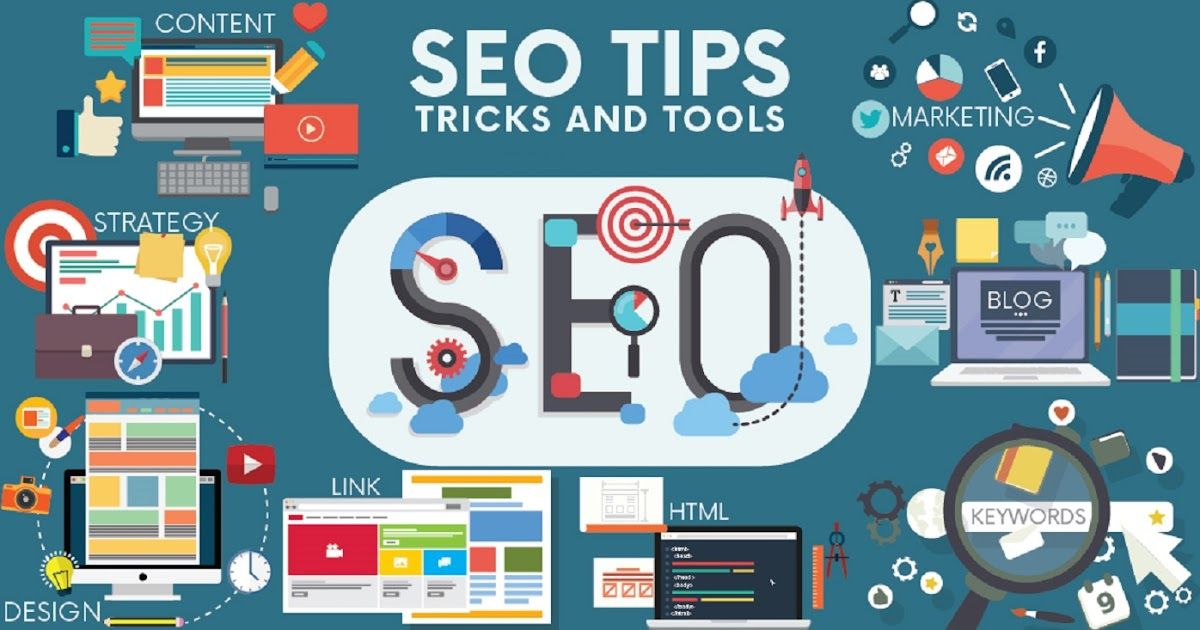In today’s competitive online marketplace, improving SEO for your eCommerce website is crucial for attracting traffic and boosting sales.
This guide outlines key strategies, from technical SEO to content optimization, to help you achieve better search engine rankings and improve the overall user experience on your site.
What Are the Best SEO Practices for eCommerce Websites?
To improve the SEO of your eCommerce site, you need to implement a mix of strategies that align with search engine algorithms while enhancing the user experience.
The first step is conducting thorough keyword research. Start by identifying relevant, high-intent keywords specific to your products and services. Focus on long-tail keywords, as they often capture more targeted traffic and lead to higher conversion rates.
What Are the Best SEO Practices for eCommerce Websites?
Once you have your keywords, ensure your product pages are fully optimized. This means creating unique, compelling product descriptions that incorporate these keywords naturally.
Avoid generic content, and instead, focus on what sets your products apart, emphasizing their benefits and features.
Additionally, make sure your URLs are clean and SEO-friendly. For example, use keywords in URLs like “best-organic-skin-care” instead of a generic product number.
Mobile optimization is another key component of a successful eCommerce SEO strategy. With mobile-first indexing being a priority for Google, ensuring your site is mobile-responsive and loads quickly on all devices is vital. Page load speed is a ranking factor, and delays can harm both user experience and search engine rankings.
How Can I Optimize My eCommerce Site for Search Engines?
Optimizing your eCommerce site requires both on-page and technical SEO strategies. For on-page SEO, make sure each page has a well-crafted meta title and meta description that contain relevant keywords and appeal to users. This is your chance to stand out in search results and entice users to click on your site.
Internal linking is also essential for eCommerce SEO. It helps users navigate your site easily and spreads link equity to important pages.
A simple strategy is linking related products or categories, guiding users toward other relevant items they may be interested in.
On the technical side, implement structured data (schema markup) for your product pages. This helps search engines better understand your content and increases the chances of your products appearing in rich snippets—enhancing visibility in search results.
Improving User Experience to Boost SEO
SEO isn’t just about technical aspects—it’s also about delivering a great user experience. An important part of this is making your website easy to navigate.
Clear, logical site architecture and intuitive navigation are key to reducing bounce rates. When users can find what they’re looking for quickly, they are more likely to stay on your site and make a purchase.
Improving User Experience to Boost SEO
Another important factor in user experience is the checkout process. A complicated or lengthy checkout can lead to cart abandonment.
Make the process as simple as possible by minimizing the steps required to complete a purchase, offering multiple payment options, and ensuring a secure environment.
The Role of Technical SEO in eCommerce
Technical SEO is the backbone of a high-performing eCommerce website. Key technical elements include improving site speed, which directly impacts both user satisfaction and SEO rankings.
Slow-loading websites can frustrate users and lead to higher bounce rates, so optimizing images, leveraging browser caching, and minimizing JavaScript files are all important steps to take.
Crawl errors can prevent search engines from indexing your pages properly, so regularly monitor your site using tools like Google Search Console to identify and resolve any issues.
Similarly, ensuring that your website is mobile-friendly is no longer optional, as Google primarily uses mobile versions of websites for ranking purposes.
How to Improve Site Speed for Better SEO Performance
Site speed is a major ranking factor for Google, and it directly impacts the user experience. A slow website can cause users to leave before they even see your products, which harms your bounce rate and search rankings.
To improve speed, start by optimizing images—reduce their file sizes without compromising quality. Tools like TinyPNG can help with this.
Another way to enhance site speed is by minifying CSS and JavaScript files to reduce the number of requests needed to load a page. You can also enable browser caching so that returning visitors can load your site faster.
SEO Audit Services for Online Shops
Performing an SEO audit on your eCommerce site is a critical step in identifying issues that could impact performance.
Start by checking for duplicate content on your product pages, which can confuse search engines and hurt rankings. Tools like Copyscape or Siteliner can help you spot these issues.
Additionally, an audit should focus on broken links and crawl errors. These technical issues can prevent your pages from being indexed properly by search engines, so it’s important to resolve them quickly.
Creating Engaging Product Descriptions for SEO
A well-written product description is essential for both user experience and SEO. When writing descriptions, focus on the benefits of the product and use natural language that incorporates your target keywords.
Creating Engaging Product Descriptions for SEO
Unique descriptions set your products apart from competitors and help avoid duplicate content issues. Aim to answer the questions customers may have and address their pain points. This not only improves SEO but also boosts conversions.
FAQs
What is SEO for eCommerce websites?
SEO for eCommerce websites involves optimizing your online store to rank higher on search engine results pages (SERPs) and attract organic traffic, which ultimately leads to more sales.
Why is SEO important for online stores?
SEO ensures that your products and services are visible to potential customers on search engines, driving more targeted traffic to your site and increasing the likelihood of sales.
How does eCommerce SEO differ from traditional SEO?
While traditional SEO focuses on optimizing general websites, eCommerce SEO involves unique strategies such as optimizing product pages, handling product categories, and dealing with issues like duplicate content and site structure.
What technical SEO aspects should I focus on for my eCommerce site?
Key aspects of technical SEO for eCommerce sites include site speed optimization, mobile responsiveness, structured data implementation, and resolving crawl errors.
How can I fix duplicate content issues on my online store?
To fix duplicate content issues, use canonical tags to indicate the preferred version of a page, and ensure each product description is unique.
Final Thoughts
Optimizing SEO for your eCommerce website is an ongoing process that requires attention to both the technical and content aspects of your site.
By focusing on the best SEO practices, improving user experience, and leveraging technical SEO elements like site speed and structured data, you can achieve higher search engine rankings, attract more traffic, and ultimately increase sales.
Stay updated with the latest trends and continually refine your strategy to stay ahead of the competition. For more Digital Marketing information check the Digitally Look.


